The brake system is a system that is directly responsible for the safety of the driver and passengers. The brake creak does not mean that this system has failed, but this is an explicit signal that some kind of malfunction appeared.
Content
Creak brake pads, why
The brake pad creaking is formed as a result of vibration pads when friction about the brake disc. The reasons for this oscillation can be diverse.
Each auto mechanic, car mechanic, the seller in the Avtomovarov store has its own opinion on this. Most often it is associated with low quality Ferodo. Ferodo is a heat-resistant, composite material containing asbestos and phenol formaldehyde resins. It is used for the manufacture of brake pads and is the basis for them.
Quite often, poor-quality brake pads are the cause of an unpleasant violep. But this is not the only reason.
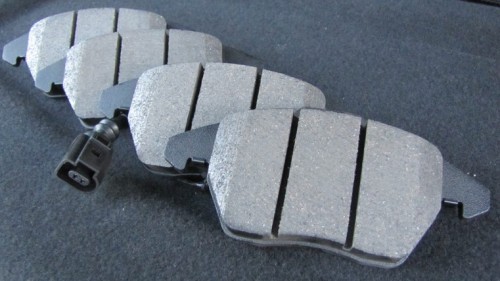
changing weather conditions as they affect the creak
The cause of the brake shoe screen can also serve weather factors. For example, with high humidity, frost or slush. So when driving around slush, the brake system can be clogged, resulting in a nasty screech. It is eliminated by the usual washing of the brake system.
If the car installed non-ventilated brake discs, the creak can be distributed in hot weather. Particular often this happens in the city. At high temperature and regular braking, the brake pads are very hot, as the result appears the creaking. To get rid of an unpleasant violin enough to give them to cool.
brake block design, as it affects creak
Brake pads have crossing their slots (channels). Crashing channels in brake pads also often serve as a screens. To eliminate the unpleasant sound, just clean them from dirt.
The cause of the brake pads is the cause of the wear indicator, which is installed on them. Wear indicator or as it is also called "Piskun" is made as a small metal plate. With critical wear of the brake pads, the indicator comes into contact with the brake disc, as a result there is a unpleasant creaking. Which indicates the need for urgent replacement pads.
Interesting! The brake pad creaking due to the wear indicator, may also occur on new brake pads. This happens because of the poor-quality attachment "Piskun". As a result, the creak is heard prematurely.
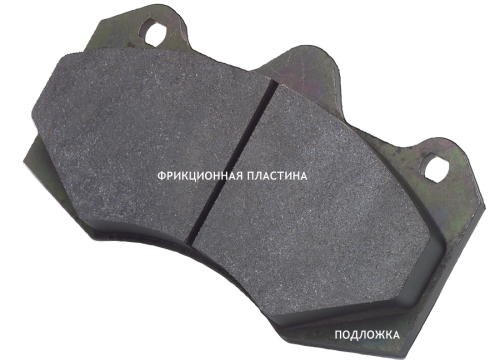
hard material pads, material incompatibility
The brake pad creaking can also appear as a result of the installation of the pads from ceramics on old brake discs. By the way, this problem occurs not only when installing ceramic pads. The creak appears as a result of incompatibility of brake discs and pads. Before installing the pads of the new sample, initially consult with specialists in the service station for their compatibility.
the protective layer of the pad makes whistle, why
After replacing the brake pads, an unpleasant "whistle" may also occur. The thing is that the brake pads have a special protective layer, it makes an unpleasant sound. To get rid of this whistle, the brake pads must be "rolling" for several days.
brake disk, as affects the creak of wear and curvature of the brake disc
Uneven wear or curvature directly the brake disc itself can also cause a whistle of brakes. Moreover, in this case it is absolutely no important to which brake pads are installed on the car. Soft them or tough, original or not, with similar brake disc defects any brake pads will whistle. This problem is solved by replacing the brake disc. In the event that the disk wear is not critical you can soak it.
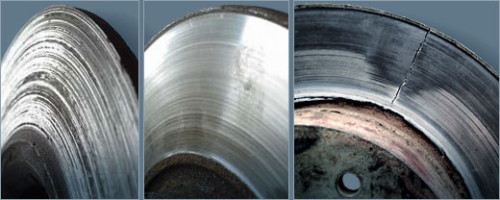
other reasons
The reason for the squealing of the brake pads can also be faults that appear directly during the operation of the car. For example, hub bearing defects or brake system. With such faults, in addition to the squeal, the metallic grinding and other outside sounds appear, and during the movement of the car, rhinking and rattling are clearly audible.
Front brake pads why they are faster wear
Many car owners notice that the front brake pads wear out the faster than their rear fellow. The reason for this is that when braking, the entire weight of the car in the inertia is shifted to the front axle. As a result, the load on the front brake pads also increases.
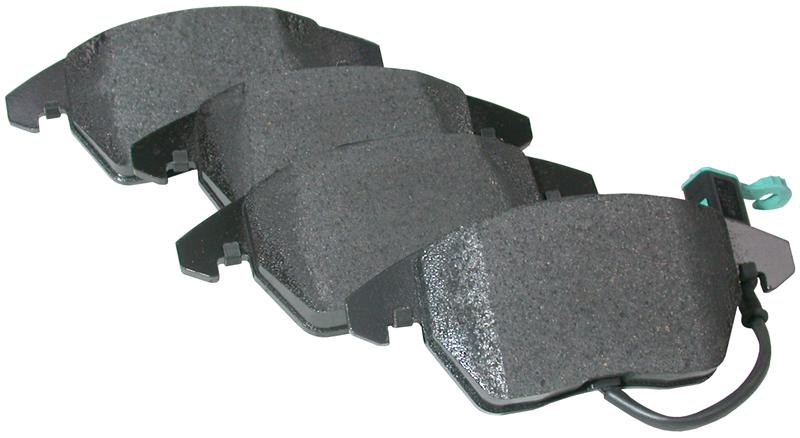
According to some experts, the established rain sensor can also be the cause of increased wear. The thing is that when the wipers are in the position of "willingness to rain", the front brake pads begin to undermine, to dry them for more efficient braking. To reduce the wear of the pads, it is recommended in dry weather, switch wipers to a neutral position.
How to get rid of the screen of brake pads
We will analyze the main ways to combat the creak in brake pads:
replacing the brake pads - as a way to eliminate the screenshot
In most cases, the installation of new original brake pads helps to cope with the problem of the screens. But this is pretty a waste way, ideally, before replacing the brake pads, it is necessary to find out the cause of the screen, and then make a decision on their replacement, because there is quite often an ordinary dirt is quite often the cause of the screens.
anti-graded plates, plates on pads eliminate noise
Anti-graded plates are made of wear-resistant metal and dress up on the reverse side of the block. The plates are extremely effectively fighting with creak, the cause of which is not high-quality brake pads. The whole thing is that the creaking in such pads is due to their deformation, their back side is the curve, which gives it completely pressed against the piston. Because of the gap emerges there and there is a unpleasant creaking. Anti-graded plates are reduced to no, these defects.
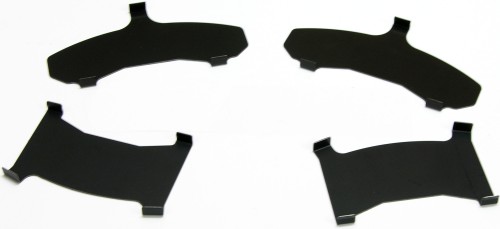
lubrication and paste for brake pads, eliminate creak
Less effective than anti-graded plates, but also quite a better fighting with a "screech" of brakes. Applied on the back side of the brake pad. It has a very greater stability of dirt, salts, and chemical reagents. Increases corrosion resistance and improves the reliability of the brake system as a whole. In addition, the friction coefficient during braking significantly reduces.
Important! Do not apply a paste or lubricant to the working part of the brake pad!
Types of brake shoes
To date, 4 main types of brake pads are used in the automotive industry. They differ from each other, both manufacturing material and properties. Consider more Types of brake pads:
- Semi-metallic brake pads. They differ in their durability and good heat transfer, but they are rather noisy and extremely inefficient at low temperatures. The composition of this species includes various metals, their content varies from 30 to 65 percent.

- Organic brake pads. In the manufacture, materials are used as kevlar, glass, rubber, high-temperature resin and carbon components. The pads of this type are much abypical belongs to the details of the brake system and make significantly less noise. But when moisture inserts, the brake characteristics are reduced, and the wear is significantly increased. In addition, organic pads create a lot of dust, for this reason it is not recommended to use with ventilated discs, as they are elementary clogged.
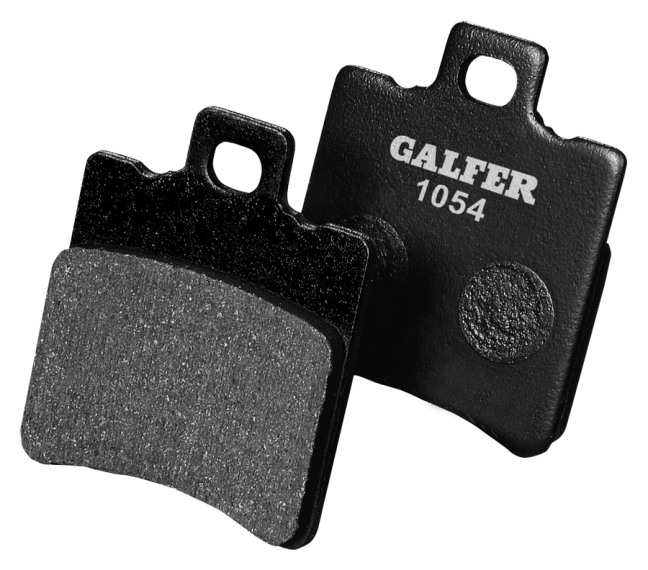
- Low-metal brake pads. The cost of these pads is much more than above. But their quality is also much better. They are made by the same technology as organic with one difference, they add metal from 10 to 30 percent. The metal significantly increases the heat transfer and the efficiency of the brake, but the pads become more noisy and create more dust.
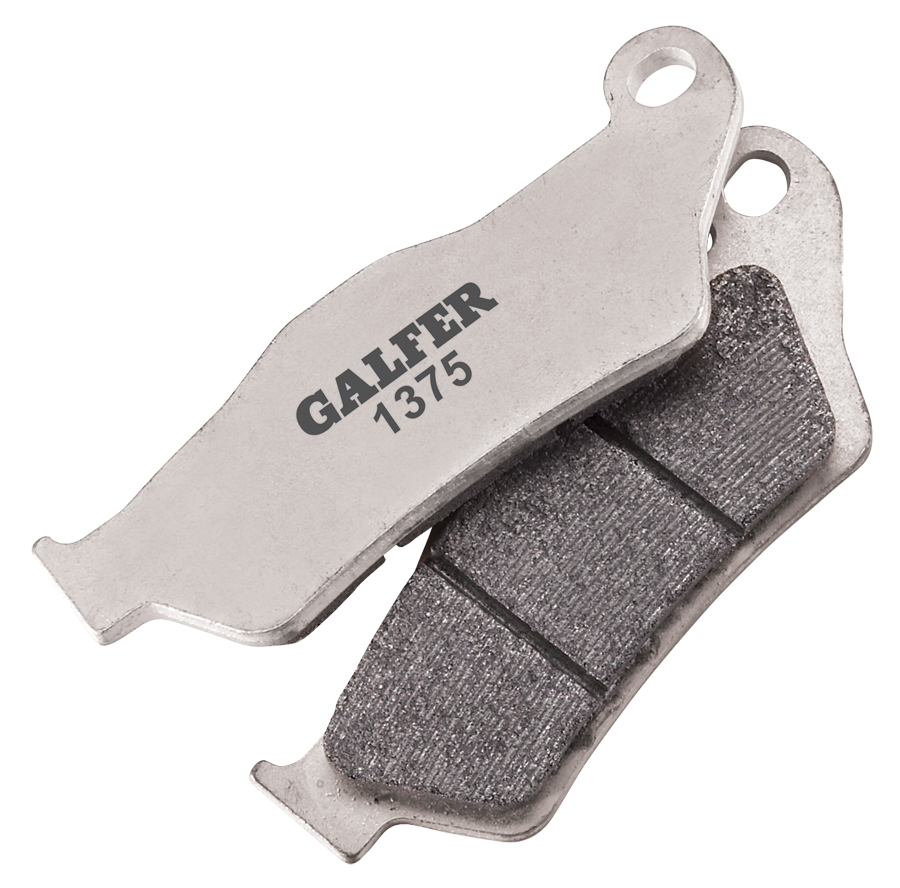
- Ceramic brake pads. This type of pads occupies the top of the championship, both both the price and effectiveness. They differ extremely efficient braking, high heat transfer and wear resistance. Perfectly carry out the duty entrusted on them at any temperature and every weather. Well retain the brake system and practically do not distinguish dust. Produced from ceramic fiber and various metals.

Tips of professionals
- Wear pads can be determined on the transverse strip. When the brake shoe is erased down to the strip it must be replaced.
- The driving style is significantly affected by the driving style of the brake pad. So, with aggressive driving, wear increases significantly, and with a calm and smooth pads, they will serve significantly longer.
- If the new pads witnessed and after the "run-in" whistle disappeared, the brake pads should be replaced.
- Brake pad squeals do not affect braking efficiency. Provided that wine squeezes directly pads.
- You should not use lubricant or paste designed for brake pads in any other purposes (for the seats of antiquities and brake pistons). The paste is applied to the end and the reverse side of the block.
Related Materials
- Stove 2110, bad warm stove 2110, VAZ 2110 heating system, repairing the heating system VAZ 2110 with their own hands
- VAZ 2114 stove blows with cold air, stove 2114, bad warm stove VAZ 2114, device and repair of heating VAZ 2114 do-it-yourself, removing the stove VAZ 2114
- How to subdominize the car. How to put a jack. Types of jacks for cars.
- VAZ 2109 Fuse Block, VAZ 2109 Fuse Block Carburetor, VAZ 2109 Fuse Block Injector, Old VAZ 2109 Fuse Block, VAZ 2109 Fuse Block, VAZ Fuse Block 2109
- Car exhaust gas catalyst, faulty catalyst, pluses and cons of the catalyst, how to change the catalyst for the planeencitel
- Stove blowing cold air VAZ 2114, badly blowing the stove VAZ 2114, why badly blowing the stove VAZ 2114
- How to find out the owner of the car by the number of his car, check the car by the number of the traffic police machine, check the car by the state number of the car for free
- How to choose Used tires, Useful Tips
- Winter car road, pressure in passenger car tires in winter, good battery for the car in winter, whether to warm the car in winter
- In winter, the car is poorly started. How to make a car in winter, do you need to warm up the car in winter, useful tips
- Economy fuel consumption machines, the most economical car consumption
- Tires brands for passenger cars, labeling of car tire labeling, residual passenger car tire protector, how to pick a tire on a car brand, car tire tread pattern
- Working transmission operation, mechanical gearbox clutch work, driving with manual gearbox, useful tips
- Rear beam Peugeot 206 sedan, rear beam device Peugeot 206. Rear beam Peugeot 206 Malfunction, repair of the rear beam Peugeot 206
- Diesel fuel in winter, additive for diesel fuel in winter, how to choose the best diesel fuel
- Diesel winter does not start. How to start diesel in winter, heating diesel in winter.
- Tire marking decoding for passenger cars, labeling wheels, how to choose the right tires on the disks
- Diesel engine in winter, launch of the diesel engine in winter, what oil to fill in a diesel engine in winter, useful tips
- LED backlight of the car, the backlight of the bottom of the car, the backlight of the legs in the car, the backlight in the door of the car, the backlight of the car is fine
- Recovered tires, bus tire, restored tire protector, can I use them
- Choose winter tires, which is a winter tires, which pressure in winter tires should be marked with winter tires, how to choose the right winter tires, the best winter tires 2019
- Steering rail rail, knock of steering rack, reasons for the knock and repair of the steering rack do it yourself
- Cameless car tires, a set for repair of tubeless tires, repair of the cannon-free tire do it yourself
- Russian tires, Russian tires Winter, Russian All-season tires, Voronezh AMTEL tires, Tires "Matador Omsk Tire", Kama-tires are world-class bus
- How to open a car without a key. Lost the key from the car what to do, the key from the car inside the car
- Silent tires, quiet winter tires, quiet studded bus, which tires to choose, overview tires
- Tires and safety, safety of the bus, why it is necessary to constantly monitor car tires
- Rust converter which is better for cars, rust converters to choose how to use rust transducer, professionals
- Polishing the body of the car do it yourself, how to choose a polishing paste, useful tips
- Engine durability, engine life, how to extend engine life
- Knock in the car. Knock when moving the car. What can knock in the car. How to determine the cause of the knock.
- ABS car, what is ABS car, ABS system malfunction, ABS diagnostics
- Overtaking a car when you can start overtaking a car, rules of traffic rules
- Fuel pump VAZ 2110, VAZ 2110 gas station scheme, VAZ 2110 fuel pump device, VAZ 2110 gas station repair,
- Automotive antennas for radio, automotive antenna device, car antenna do it yourself
- Front suspension Kalina, device front suspension Kalina, knock in front suspension Kalina, repair of front suspension Kalina
- Shock absorber Oil, best oil shock absorbers, pumping oil shock absorbers, how to properly pump oil shock absorber
- Clutch malfunctions, touches clutch, causes a clutch malfunction, how to eliminate
- Viscounts of the fan, work uniforms of the fan, malfunction of the ventilator fan, repair of the ventilator fan
- Corrosion of car thresholds, film on car thresholds, how to stick a film on the thresholds of the car
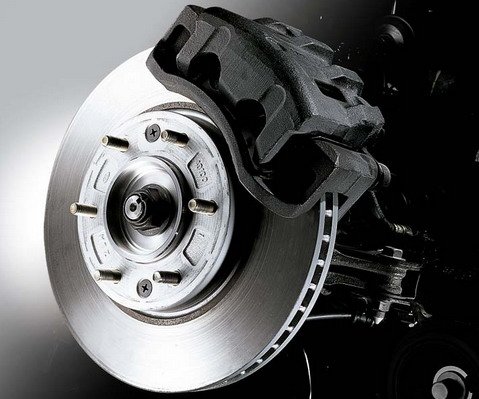
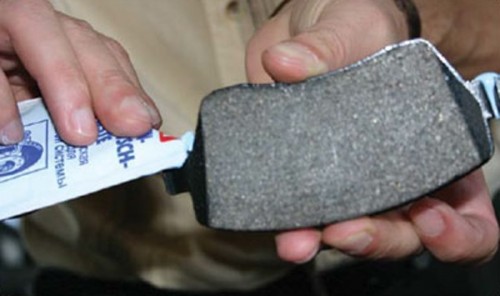






Comments